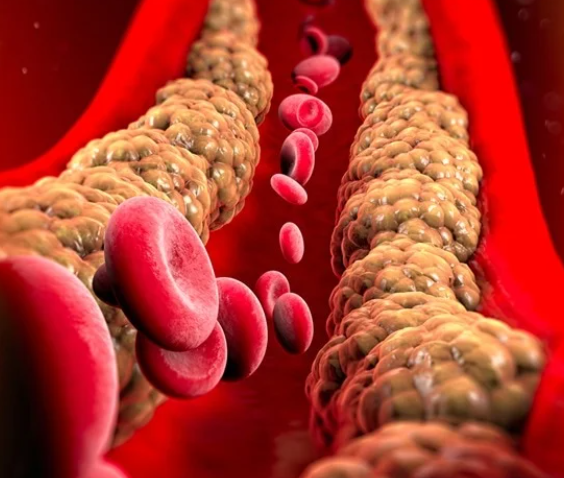Triglycerides Synthesis and Treatments for high triglycerides
Triglycerides are tri-esters consisting of a glycerol bound to three fatty acid molecules. Triglycerides are the main constituents of vegetable fat and body fat in humans and other animals. They are also present in the blood to enable bidirectional transference of adipose fat and blood glucose from the liver, and are a major component of human skin oils.

Synthesis
Triglycerides can be synthesized by either the glycerol-3-phosphate or monoacylglycerol pathway. Most body cells hydrolyze triglycerides through similar pathways, generally with a common purpose of providing fatty acids for energy demands. In the liver, triglyceride hydrolysis provides fatty acids for β-oxidation, signaling, and substrates for the assembly of very low-density lipoprotein (VLDL)-triglycerides. Triglycerides cannot pass through cell membranes freely, and LPLs, special enzymes on the walls of blood vessels, must break triglycerides down into free fatty acids and glycerol; fatty acids can then be taken up by cells via fatty acid transporters.
Uses
Triglycerides are split into their components via transesterification during the manufacture of biodiesel. The resulting fatty acid esters can be used as fuel in diesel engines. The glycerin has many uses, such as in the manufacture of food and in the production of pharmaceuticals.
Treatments for high triglycerides
You may be able to lower your triglyceride levels with lifestyle changes:
Controlling your weight
Regular physical activity
Not smoking
Limiting sugar and refined foods
Limiting alcohol
Switching from saturated fats to healthier fats
Some people will also need to take cholesterol medicines to lower their triglycerides.


